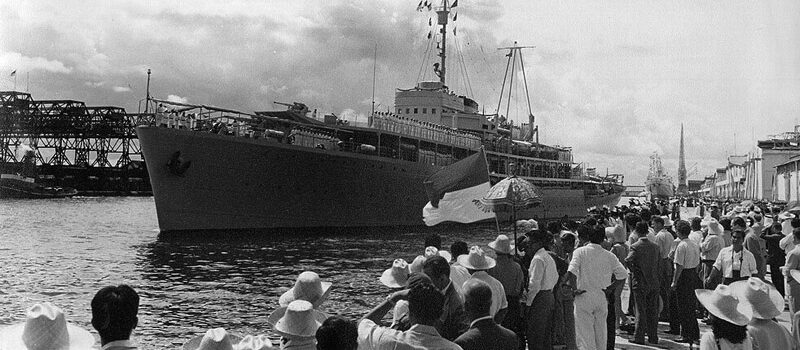#coldwar #yugoslaviannavy #JRM #jugoslavenskaratnamornarica #jbtito #split #kotor #sutjeska #heroj #sava #
Prior to the dissolution of Yugoslavia in 1992 the navy counted several Koni-class frigates, Heroj-class submarines, and Osa-class missile boats as its main assets operating from Split, Pula, Boka Kotorska (Kotor), and Vis. It was capable if needed of operations in the Mediterranean.
At its peak, the Yugoslav Navy had a well-balanced fleet with significant offensive and defensive capabilities, including anti-ship missiles, torpedoes, and mines. Its role was to defend Yugoslavia’s long Adriatic coastline and protect maritime trade routes. it also conducted joint exercises with other branches of the Yugoslav armed forces and sometimes foreign navies.
Breakup of Yugoslavia led to the disintegration of the Yugoslav Navy in 1992 and redistribution of naval assets among successor states. During the Croatian War of Independence (1991-1995), the Navy (operated by Serbs) was involved in blockading Croatian ports and supporting land operations. Postwar these assets were mostly taken over by the newly formed navies of Croatia and the Federal Republic of Yugoslavia, later Serbia-Montenegro.
Note: This long page will be upgaded next year, and if enough information is availablen dedicated articles for the most interesting ships: Destroeyr Splir, Frigates Kotor, severa submarines, patrol boats and fast accatck crafts. Stay tune !
